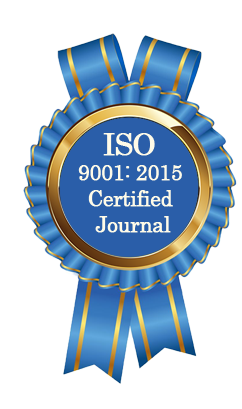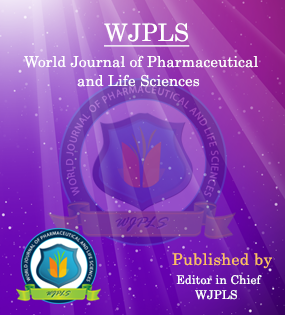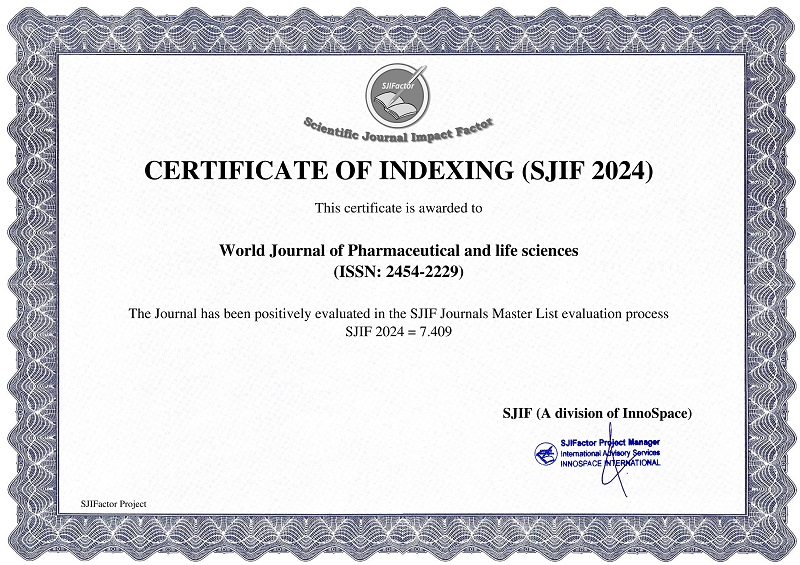Abstract
THE ANTI-HUMAN HERPESVIRUS TYPE 6 IGM POSITIVITY RATE IN CHILDREN WITH ROSEOLA INFANTUM IN DIYALA PROVINCE
Noor A. Hasan*, Hasan A. SH. and Mehdi SH.
ABSTRACT
Background: Human herpesvirus type 6 (HHV-6) has been shown to infect almost all children by 4 years of age. Primary infection causes an undifferentiated febrile illness, with approximately 30% of children exhibiting the classic clinical manifestations of roseola infantum. Objectives: The current study was design to explore the anti- HHV-6 IgM as a marker of recent infect ion among children with roseola infantum and the effect of certain child and mother characteristics. Materials and methods: This is a cross sectional study conducted in Diyala province during the period from August 2017- July 2018. A total of 180 children who were clinically suspected as having roseola infantum were enrolled. They aged 1-24 months with a mean age ± SD 12.23 ± 6.11 months, consisting of 105 males with mean age ± SD 11.90 ± 5.91 months and 75 female with mean age ± SD 12.94 ± 6.41 months. Venous blood samples were collected. Sera were separated and tested for the anti-HHv-6 IgM (Sunlong Biotech, China) by Enzyme Linked Immunosorbant assay (ELISA) technique. Statistical analysis was done using SPSS version 23 and P value < 0.05 was considered significant. Results: The overall anti-HHV-6 IgM positivity rate among children with clinically suspected roseola infantum was 45.6% and the highest IgM positivity rate was insignificantly higher among the age group 1-6 months (P= 0.958). Again, the positivity rate was insignificantly higher among males compared to females (49.5% vs 40.0%, P= 0.207). Additionally, the positivity rate was insignificantly higher among children on breast milk compared to other feeding categories (P= 0.217). Furthermore, children who had negative history of hospitalization had higher but insignificant positivity rate compared to their counterpart (46.0% vs 43.9%, P= 0.809). Ultimately, an insignificantly higher positivity rate was found among children whom their mother complain an infection during pregnancy period compared to those with negative counterpart (48.5% vs 44.9%, P= 0.709). Conclusion: Detection of anti-HHV-6 IgM is fundamental beside the clinical features for the primary diagnosis of roseola infantum in children.
[Full Text Article] [Download Certificate]WJPLS CITATION 
| All | Since 2020 | |
| Citation | 590 | 424 |
| h-index | 12 | 10 |
| i10-index | 17 | 14 |
INDEXING
NEWS & UPDATION
BEST ARTICLE AWARDS
World Journal of Pharmaceutical and life sciences is giving Best Article Award in every Issue for Best Article and Issue Certificate of Appreciation to the Authors to promote research activity of scholar.
Best Article of current issue
Download Article : Click here





